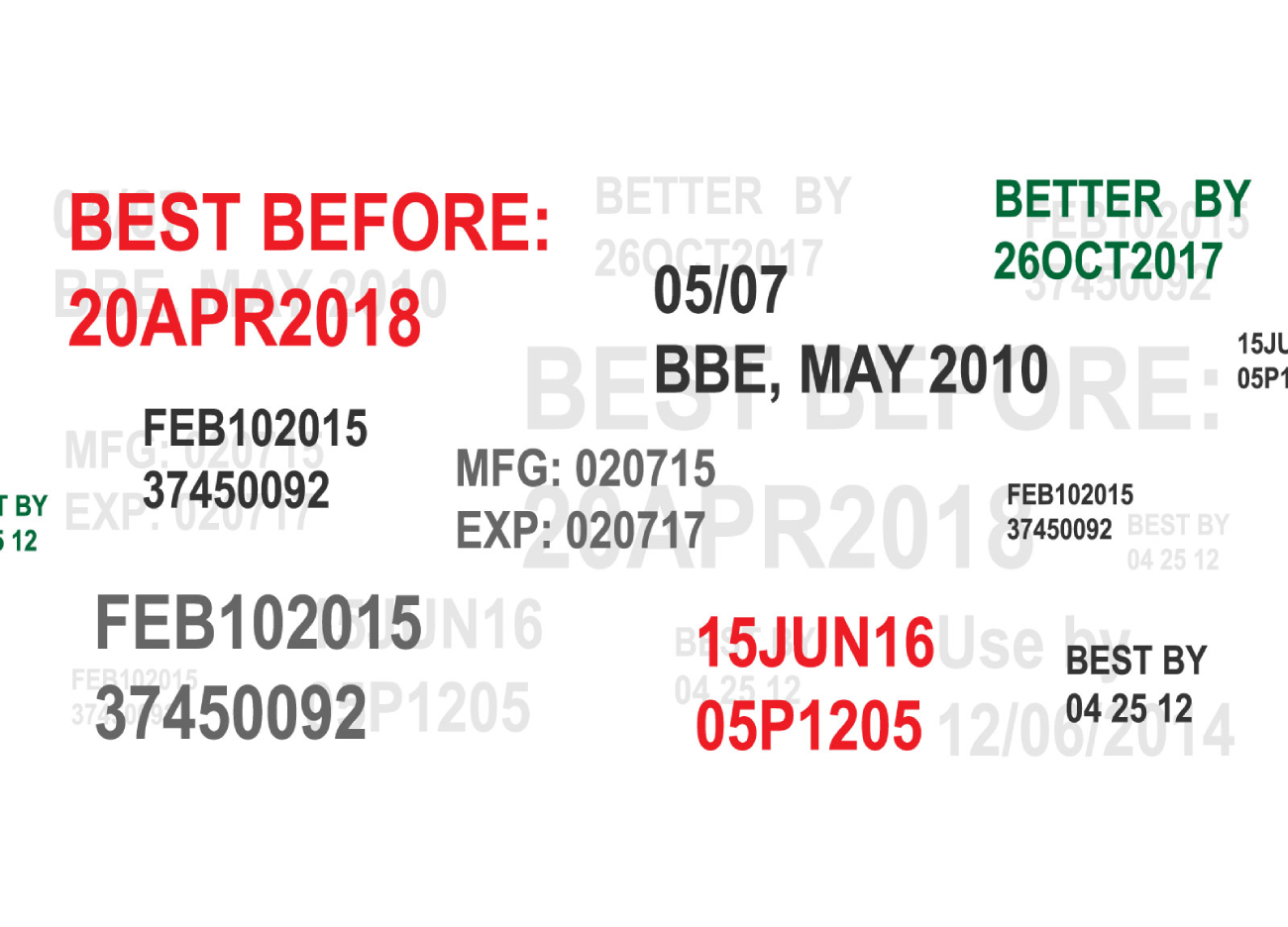
Recycling Identification Numbers: What Do They Mean?
Share
Most of the plastic packaging materials are identified with a number placed inside the universal recycling symbol, the famous three arrow that represent a three-step process that forms a closed loop, the recycling loop. But what do they mean and how are they related to the recycling industry? And why not all products have it?
Well, we can start by reviewing a little bit of the history behind them. As the waste streams grew on populated areas and a larger number of communities were implementing recycling programs, in 1988 the plastics industry, through the Society of the Plastics Industry, Inc., introduced its voluntary resin identification coding system, that was designed to help recyclers to identify the type of material used to manufacture a plastic item. Based on the study of the plastic items commonly found in the residential waste stream, the Resin Identification Code (RIC), as it is known today, was set up using the numbers 1 through 7, to identify the plastic resin used in a manufactured article. So it is not limited to packaging materials.
Numbers 1 to 6 were assigned to the more common plastics used as predominant material in the composition, and number 7 to categorize all other types of polymers or the mixture of them for multimaterial combinations.[1]
Nowadays RIC Code is under control by an organization called ASTM International, that includes in the D7611/D7611M Standard the guidelines on how to incorporate the code onto the products, and clarified that this is not a recycling code, but an identification system that aids recycling. This standard also clarifies that “the use of a Resin Identification Code on a manufactured plastic article does not imply that the article is recycled or that there are systems in place to effectively process the article for reclamation or re-use” and that is why it recommends to do not place the code in proximity to environmental claims[2]. Additionally, it proposes to use a triangle instead of the Mobius Loop on the coding.
It is also important to know that there is no regulating body that certifies what number each package officially gets. ASTM continues to work on consultations to update the standard and is reviewing the changes needed in the coding system, but it remains as a voluntary Standard. In 2017, the Plastics Industry Association, formerly SPI, reported 39 of the 52 states in the United States had legislation in force regarding the use of resin identification codes consistent with the original SPI code. It is also in use in China and the U.K., and is now recommended by the British Plastics Federation and PlasticsEurope (formerly the Association of Plastics Manufacturers in Europe)[3].
For these reasons, even when the RICs have an important place in the recycling industry, they shouldn’t necessarily be referenced by consumers as the primary tool to know how to recycle a plastic package. Several initiatives around the world are working to develop standard labelling systems, as How2Recycle®[4] a project of GreenBlue’s Sustainable Packaging Coalition (SPC)[5] in North America, the On Pack Recycling Label OPRL[6] scheme in the UK, The Australasian Recycling Label (ARL) Program[7] among others. All those programs aim to help consumers to recycle correctly and support brand owners to select packaging that is recyclable at end-of-life according to the recycling infrastructure and programs that are available on each region.
[1] https://plastics.americanchemistry.com/Plastic-Resin-Codes-PDF/
[2] ASTM D7611/D7611M Standard Practice for Coding Plastic Manufactured Articles for Resin Identification
[3] ASTM D7611/D7611M Standard Practice for Coding Plastic Manufactured Articles for Resin Identification
[4] https://how2recycle.info/
[5] https://sustainablepackaging.org/
[6] https://www.oprl.org.uk/
[7] https://apco.org.au/the-australasian-recycling-label
| Number | Abbreviation | Material | Common uses |
| 1 | PET | Polyethylene Terephthalate | Water and soda bottles, textiles, carpets |
| 2 | HDPE | High Density Polyethylene | Milk, water and juice jugs |
| 3 | PVC | Poly Vinyl Chloride | Window frames, pipes, credit cards |
| 4 | LDPE | Low Density Polyethylene | Shopping bags, bread bags, toilet overwrap |
| 5 | PP | Polypropylene | Detergent containers, chips/crisps packages, chocolate and cookies packages |
| 6 | PS | Polystyrene | Take-out food containers |
| 7 | OTHER | Other materials or blended composition | Miscellaneous |
[1] https://plastics.americanchemistry.com/Plastic-Resin-Codes-PDF/
[2] ASTM D7611/D7611M Standard Practice for Coding Plastic Manufactured Articles for Resin Identification
[3] ASTM D7611/D7611M Standard Practice for Coding Plastic Manufactured Articles for Resin Identification
[4] https://how2recycle.info/
[5] https://sustainablepackaging.org/
[6] https://www.oprl.org.uk/
[7] https://apco.org.au/the-australasian-recycling-label

